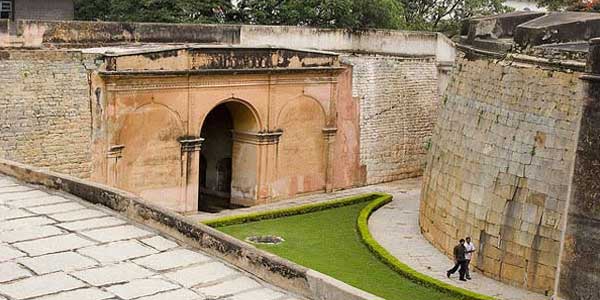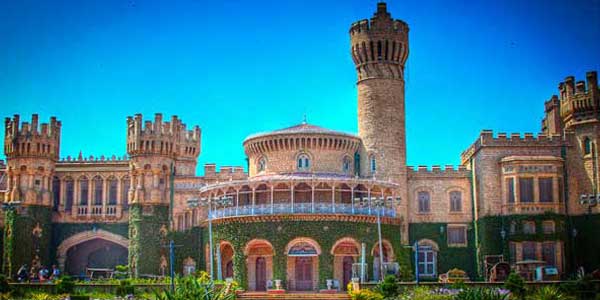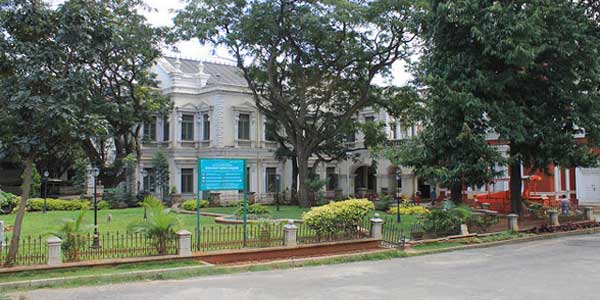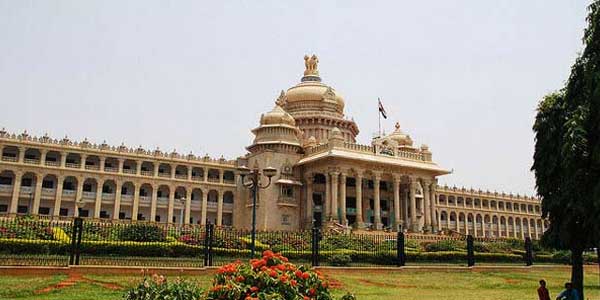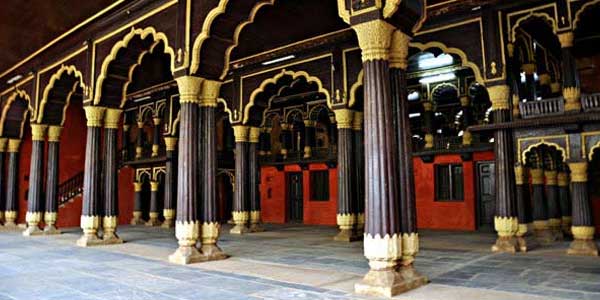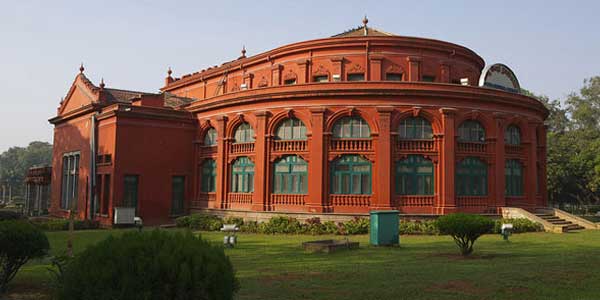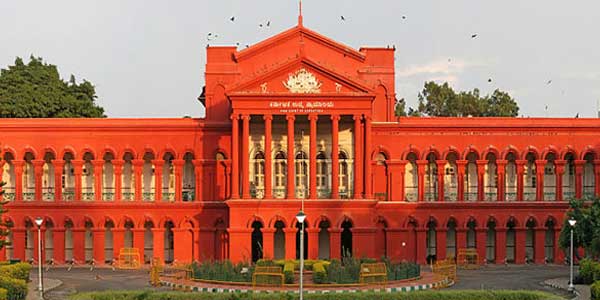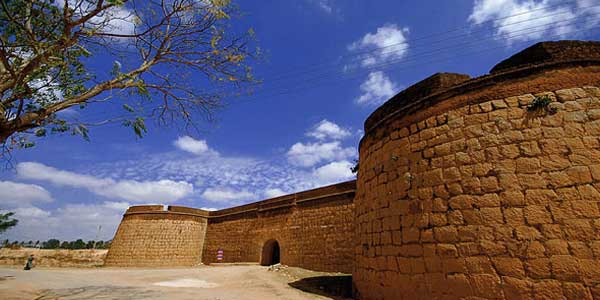
Vidhana Soudha
Vidhana Soudha counts amongst the most impressive as well as the most magnificent buildings in the Bangalore city of India. It is mainly famous for housing the Legislative Chambers of the state government. The three hundred rooms of Vidhan Soudha accommodate approximately twenty-two departments of the state government. The building rises to a height of almost 46 m, making it one of the most imposing structures in the city of Bangalore.
Built in the year 1956, Vidhana Soudha of Bangalore boasts of exquisite Dravidian architecture. It was built under the then chief minister of Karnataka, Mr. Kengal Hanumanthaiah, as a tribute to Indian temple architecture. The chief engineer of Vidhan Soudha, B.R. Manickam mainly made use of granite to get the edifice constructed. In the following lines, we have provided more information on the architecture of the Vidhan Soudha of Bangalore, India.
Architecture
Constructed purely out of granite and porphyry, Vidhana Soudha is adorned with four domes on its four corners. Embellishing the entrance of the buildings is the Four-headed Lion, the national symbol of India. The Cabinet room has a huge sandalwood door, which has been beautifully carved.
Vidhana Soudha of Bangalore can be accessed from all the four directions. However, the admission to the building has been restricted and one has to take prior permission before visiting its interiors. Vidhan Soudha looks breathtakingly beautiful on Sunday evenings and on public holidays, when it is floodlit. The lights are kept on from 6:00 to 8:30 in the evening. A sightseeing tour of Bangalore is incomplete without a visit to the Vidhana Soudha.
Bangalore Monuments
Bangalore Monuments, if you go by popular accounts, is the Silicon Valley and the Garden City of India. Heritage and culture have always flown freely in the veins of Bengaluru along with contemporary significance. The historical monuments of Bengaluru unfold a whole new world of historical, cultural, architectural, political, traditional and religious legacy and past of Karnataka. The forts and palaces manifest professionally competent town planning and the wonderful architecture at the time of some of the earliest dynasties in India. Sometimes the edifices have been created to commemorate a person or important event or designed as artistic objects to improve the appearance of a city or location. They have become iconic emblems of modern Bengaluru in all their glory.
The cultural heritage of Bengaluru consists of contributions and influences of successive dynasties that ruled it such as the Kadambas, Hoysalas, Chalukyas and the Vijaynagar Empire. The Mughals and the British reigned in Bengaluru as well. Rudiments of the people, the races and the religions were altered and assimilated as per conveniences and bear mark on the beautiful monuments that have stood the test of time.
The capital of Karnataka, Bangalore has a unique cultural identity with elements of both Hinduism and Islam and has several notable monuments including the Vidhan Soudha and Tipu's Palace. The city also has the magnificent Bangalore Palace in a blend of Gothic and Tudor architecture. The famous monuments always merit a visit, because they are the speaking stones of Bangalore's historical details.


